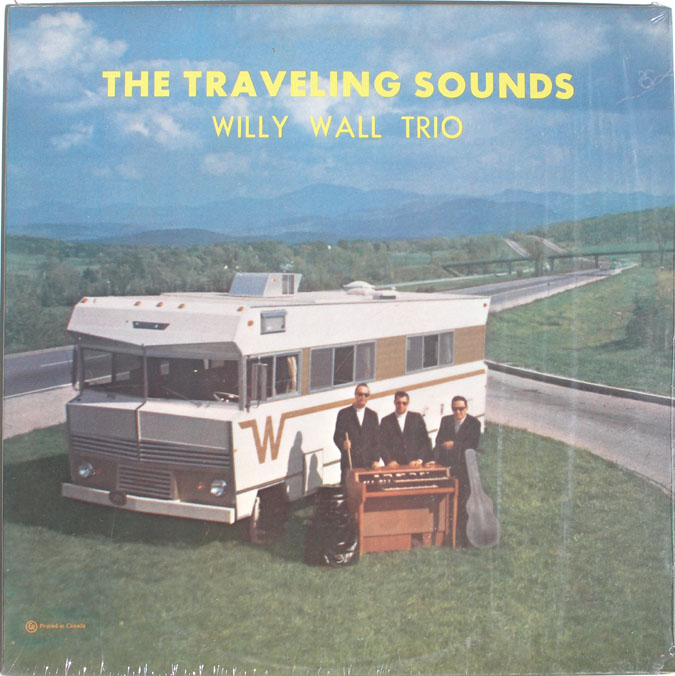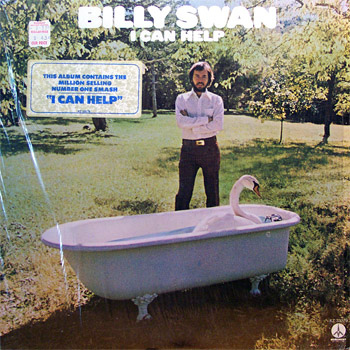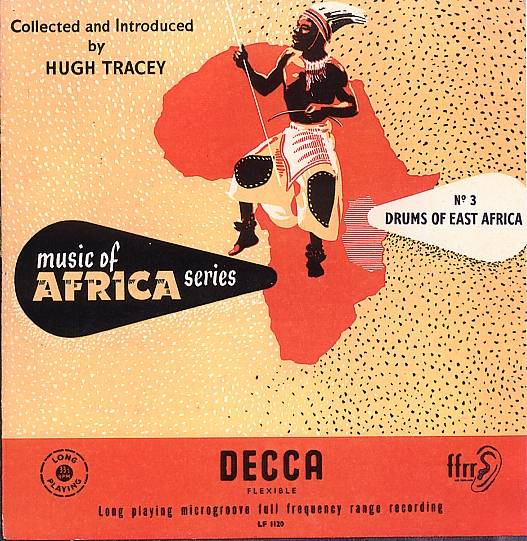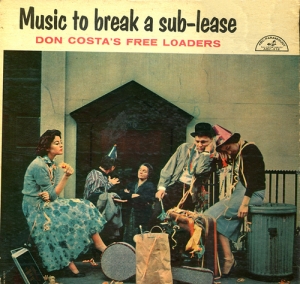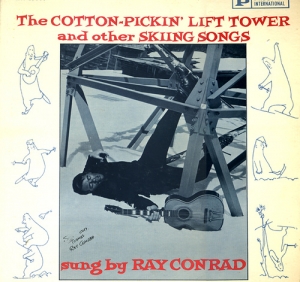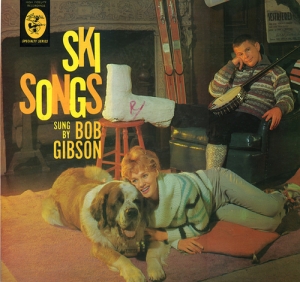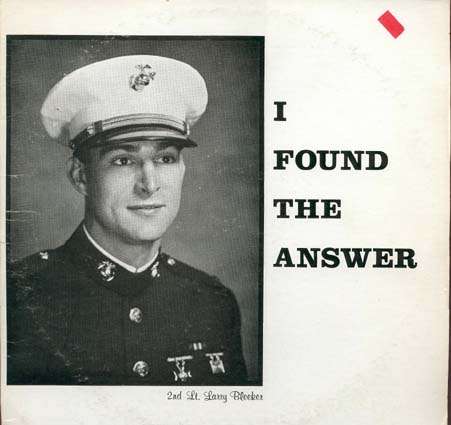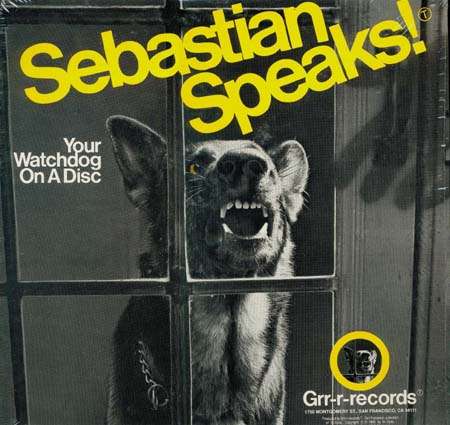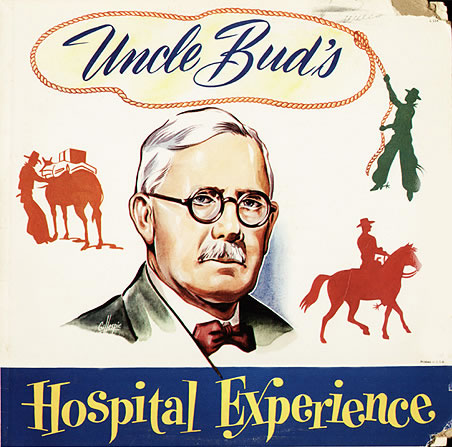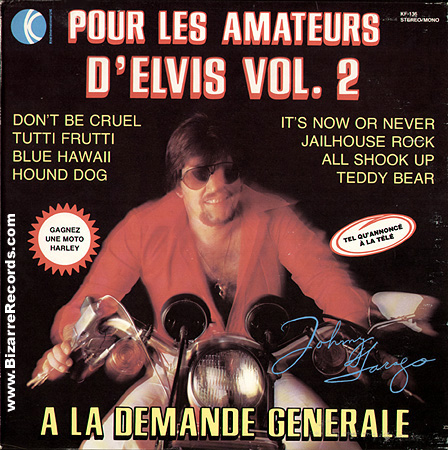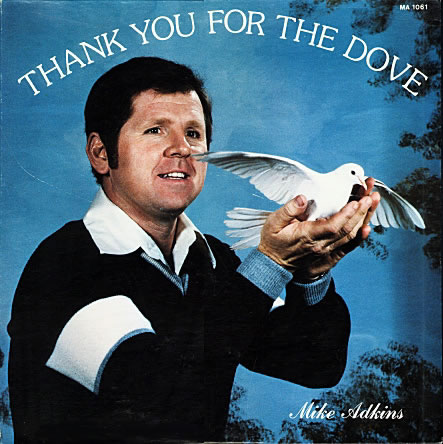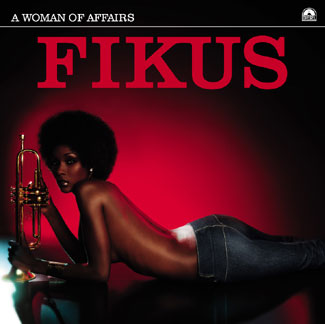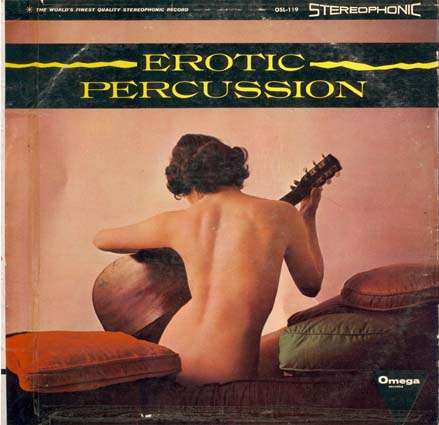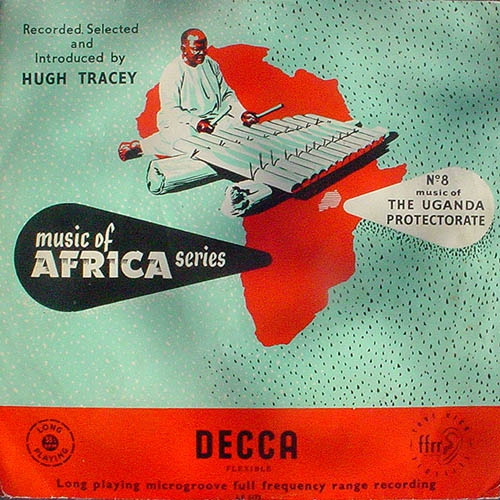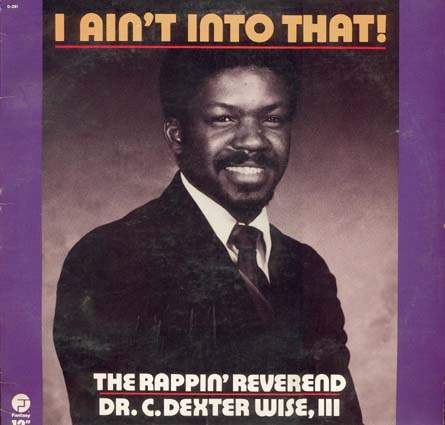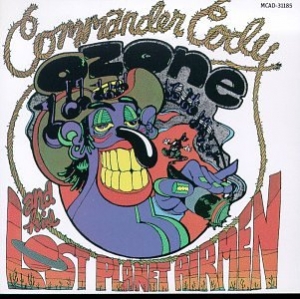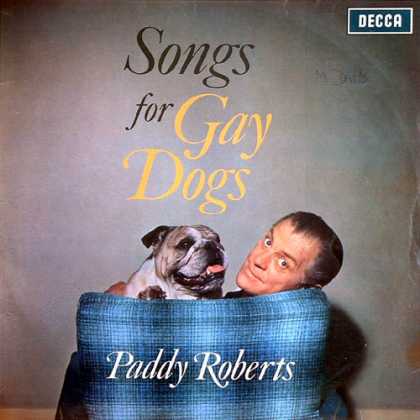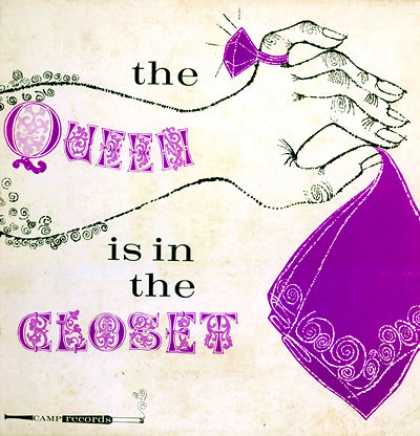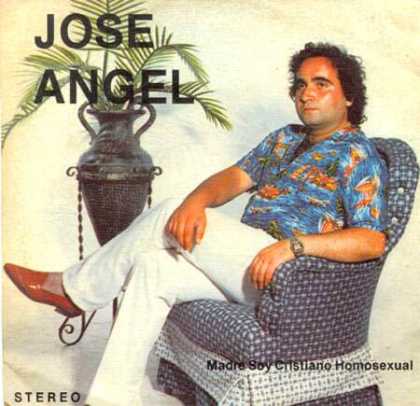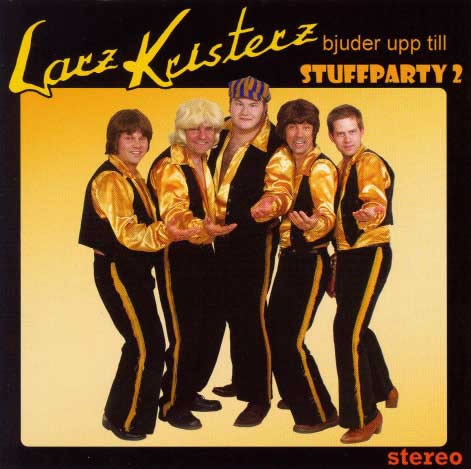
… And nor am I a big fan of Pink Floyd. However, I do have a copy of Dark Side of The Moon, an album largely about Pink Floyd’s founding member, but an album made in 1973, long after Syd Barrett (1946-2006) left the band and just before he left the music business.
I was reading on several blogs about Barrett’s many contributions in terms of introducing several innovative guitar techniques. But for that, I get an overwhelming impression of erratic, irrational behaviour, and of him being a burden on the other members.
Say what you like about his genius, his musical artistic output was very scant, and what he did needed the constant intercession of people like Roger Waters and David Gilmour. It appeared that the most difficult job was getting Syd into the studio to perform on his own album. And when he did, he only rarely performed with the rest of the band.
I see him more as a curiosity, a spectacle, than as a musician. It is politically correct to take the musical snob’s way out and lionize him as a mad genius, because what he actually did put out were never great hits. This ensures that a kind of “cult legend” aura is maintained.
Cultists often refer to tracks as “Interstellar Overdrive” as one example of Syd Barrett’s genius. The instrumental was recorded in the late 60s while he was still with Pink Floyd. I sat through the entire 17-minute performance to see for myself. True, he uses a lot of tricks that were innovative in the late 60s. Also, recalling that The Beatles were recording Sargent Pepper in Abbey Road Studios in a studio next to theirs, it must be granted that no one on either side of the pond had that sound until years later. But I wasn’t impressed by his guitar solo that I heard so much praise about (there was only a brief one in the entire 17 minutes), nor was I impressed by the composition in general. Original doesn’t always mean good. Just ask members of The Shaggs. The song kind of resembles today’s trance music. Except this one took live, and reasonably talented musicians, free of our current addiction to beat boxes, tape loops, and Auto-Tune software. Well, but not free of addictions of another kind, I suppose.
Interstellar Overdrive was repetitive, and had a monotonous rhythm. I don’t think a person should listen to it sitting down like I did. You need to throw a party where recreational drugs are abundant, and the music is loud. Then, you “get” the music, or more precisely, you “dig” the music.
Visits: 94

